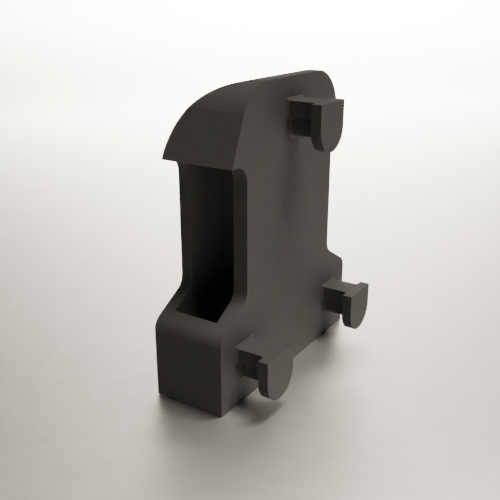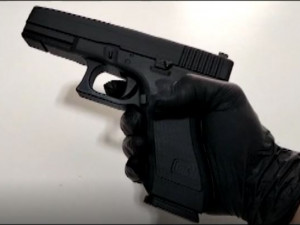
The rise of3D printing has revolutionized various sectors, but it has also opened the door to alarming practices, particularly in the field of firearms. Recently, theATF (Bureau of Alcohol, Tobacco, Firearms and Explosives) has sounded the alarm about the ease of access to the devices called ‘Glock switch’, which allow conventional pistols to be transformed into real machine guns. This technology, which makes the manufacturing of tools of destruction more accessible than ever, raises concerning questions about public safety and the legal framework surrounding weapons printed in 3D.

In a context where 3D printing is gaining momentum, the ease of access to devices such as ‘Glock switch’ raises serious concerns. According to officials of theATF (Bureau of Alcohol, Tobacco, Firearms and Explosives), technology allows individuals to design tools capable of transforming handguns into automatic firearms, thereby significantly increasing the risks associated with their use .
Table of Contents
ToggleThe rise of 3D printing technologies
Emerging in the mid-1980s, 3D printing has really taken off over the last ten years, becoming accessible to individuals. 3D printers, which standardize and simplify the manufacturing process, allow users to create a multitude of objects, including weapons parts. This development poses a major challenge in terms of security and regulation.
The risks associated with ‘Glock switch’ devices
The ‘Glock switch’ is a specific device that, when installed on a Glock pistol, converts the weapon into a machine gun. According to the ATF, this transformation makes regular weapons particularly dangerous, because they can fire multiple bullets with a single pull of the trigger. These systems, often 3D printed, are both accessible and simple to reproduce, which amplifies the possibility of abuse.
An inadequate legal framework
Currently, the legislation regarding 3D printed firearms remains unclear. In France, for example, there is no clear distinction between a conventional weapon and a printed weapon, which complicates regulatory efforts. This allows individuals, including adolescents, to easily access potentially lethal technologies without a strict legal framework to regulate them.
Government authorities on alert
Faced with this alarming situation, government authorities, particularly American ones, are intensifying their efforts to track down and prohibit the sale of printed weapons devices. They recognize that the 3D printer can transform a simple weapon into a tool of increased violence, which inflicts worrying consequences on public safety.
Preventing the dangers of 3D printing
To counter the dangers associated with 3D printing, it is crucial to improve awareness and education about the associated risks. Measures must be put in place to regulate the use of this technology, in order to prevent children or young adults from appropriating it without understanding the consequences. The stakes are high: it is not only a question of protecting society, but also of guaranteeing that technological innovation serves a good purpose, far from violence and illegal trafficking.
- Ease of access: 3D printing offers a quick and easy method to produce dangerous devices.
- Accessible technology: In 2021, the 3D printer has become widely available to the general public.
- Security risks: ‘Glock switches’ can transform pistols into machine guns, thus increasing the danger.
- Blurred legal framework: The legislation does not distinguish between conventional weapons and those printed in 3D.
- Youth involved: Very young individuals, such as a 14-year-old child, are involved in the trafficking of printed weapons.
- Reactions from the authorities: The government and ATF are taking steps to regulate access to these devices.
- Technological dangers: This situation illustrates the challenges posed by advances in 3D printing in the field of weapons.
EXCLUSIF | Faut-il se méfier du «Glock switch», ce dispositif illégal rendant les armes encore plus dangereuses? | via @mmlauzon https://t.co/0PVbLDHL8F #NoovoInfo
— Noovo Info (@NoovoInfo) October 25, 2023
















